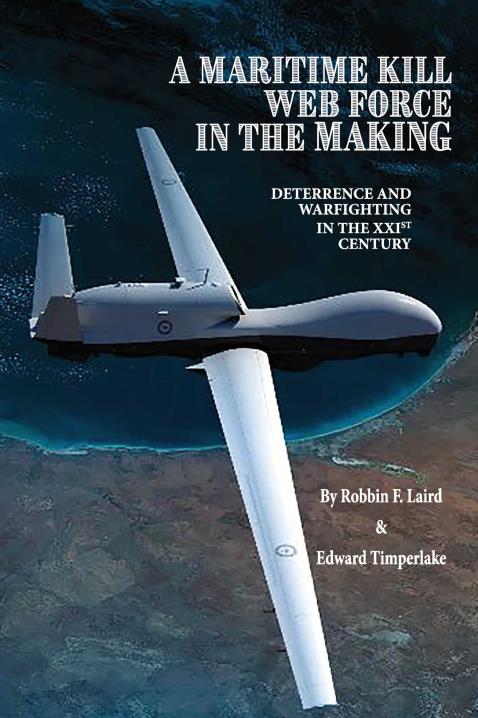Meeting the Challenge of Maritime Operations in the Evolving Combat Space
The maritime battlespace is not what it used to be. This has never been clearer than in the Indo-Pacific region – Australia’s part of the world. Changing geo-strategic circumstances, rising nation state ambitions, challenges to political institutions, have all created vast uncertainty in the region. This is occurring within an era of staggering escalation in technological advancement.
But the issue is a global one. The tenets that have driven maritime strategic thinking in the post-Cold War era have been largely rendered obsolete.
The new environment is fast paced, connected, distributed, and relies on more than just having common equipment in the fleet. It requires a new way of thinking about how force is applied and where capability focus needs to be.
As strategic threats develop more rapidly, operational maneuver will need to be more agile to deliver the required tactical outcomes across the warfare spectrum. A commander’s success will rely on their ability to better exploit all capability available to them, regardless of who owns it, through technologically enabled systems. Understanding the kill web and thinking differently about how force is applied is key. This publication explains why.
The transition of U.S. forces to this kind of thinking is underway as is clearly shown in the authors discussions with key leaders across the services.
Whilst technology has enabled a more agile approach, it is only the means to an end. Strategic thinking needs to be skillfully applied to ensure the full extent of available capability is connected to maximise each part of the kill web. The collection and sharing of trusted information, by and within all assets available to the force, to inform agile and timely decisions is vital. The integration of sensors and shooter at a force level is necessary.
Whilst the U.S. military retains its pre-eminent role in this transformation, Australia too has demonstrated a similar kind of thinking in its recent capability development and acquisition approaches. The emphasis has been on connectivity, accelerated tactical decision making, as well as common equipment, that allows integration of systems within single services, across services and into allied services in a deliberate and disciplined manner.
This is essential because the future of combat is to bring trusted and verifiable assets to the fight to enhance the commander’s ability to use the full strength of the distributed force when required.
This publication provides a timely reminder of why the transformation of today’s force is so necessary.
The book has been published in e-book on May 15, 2022 and will be published in June 2022 in paperback.
The TOC for the book can be seen below:
&
It can be purchased at a 30% discount by using the coupon Navy here:
Or on Kobo
Or on Barnes and Noble
Or read on Scribd
Or on Amazon


